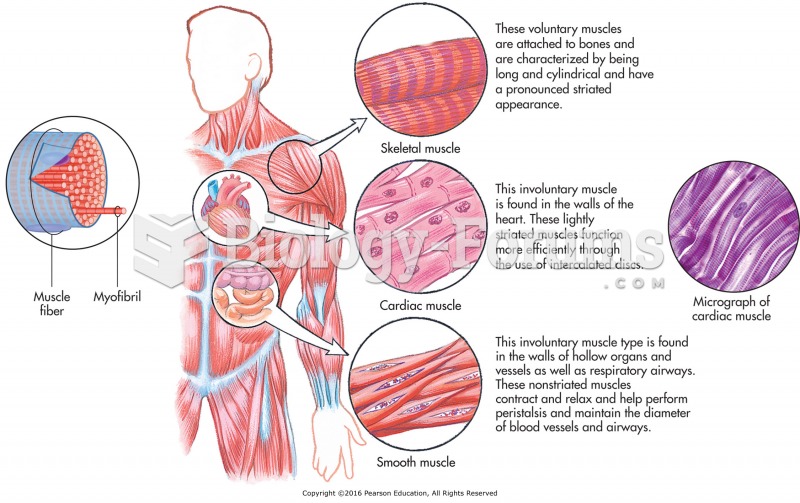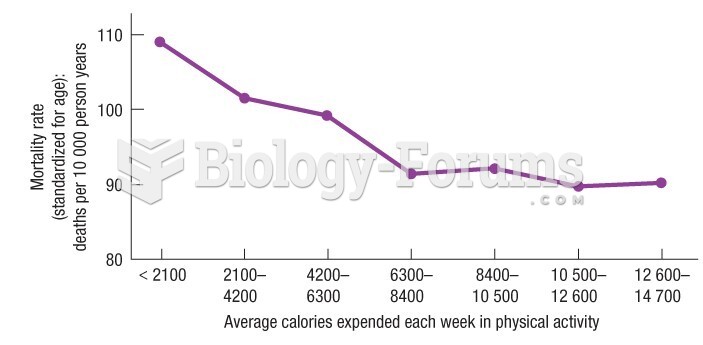|
|
|
Did you know?
A recent study has found that following a diet rich in berries may slow down the aging process of the brain. This diet apparently helps to keep dopamine levels much higher than are seen in normal individuals who do not eat berries as a regular part of their diet as they enter their later years.
Did you know?
After a vasectomy, it takes about 12 ejaculations to clear out sperm that were already beyond the blocked area.
Did you know?
On average, the stomach produces 2 L of hydrochloric acid per day.
Did you know?
The longest a person has survived after a heart transplant is 24 years.
Did you know?
Your heart beats over 36 million times a year.







